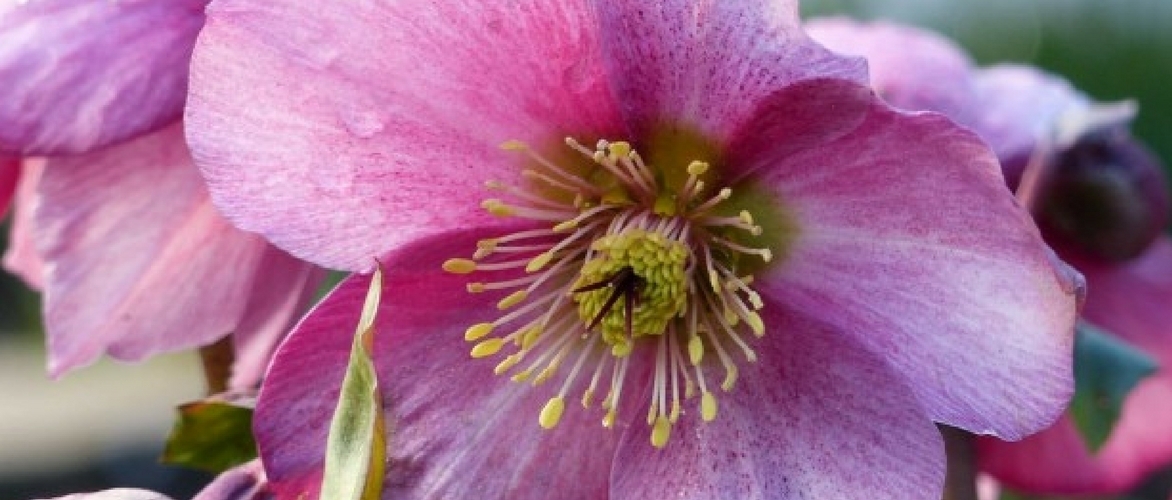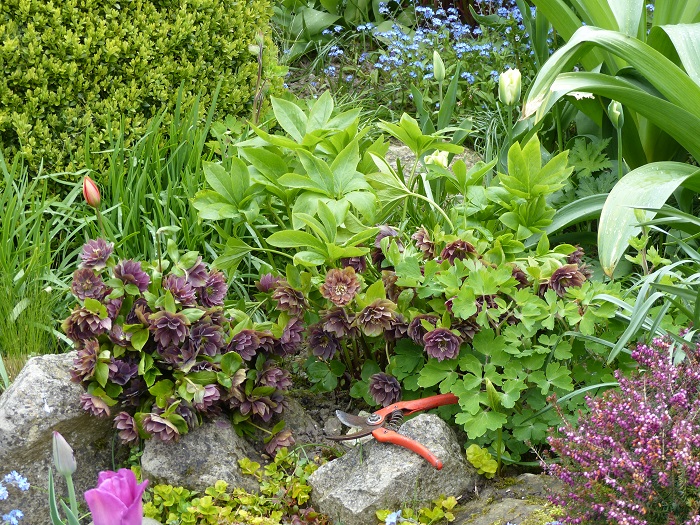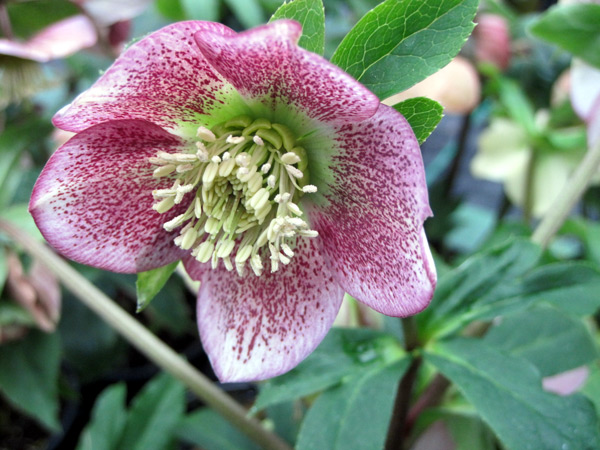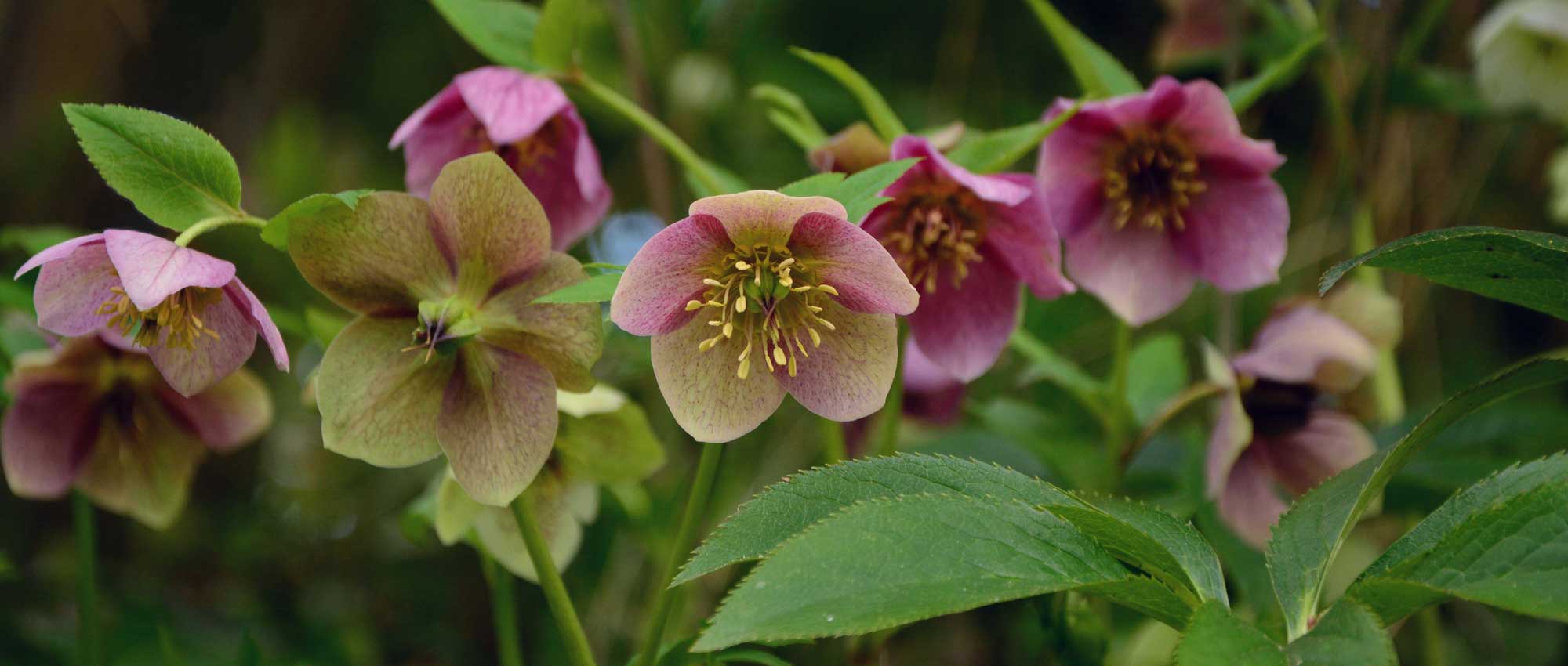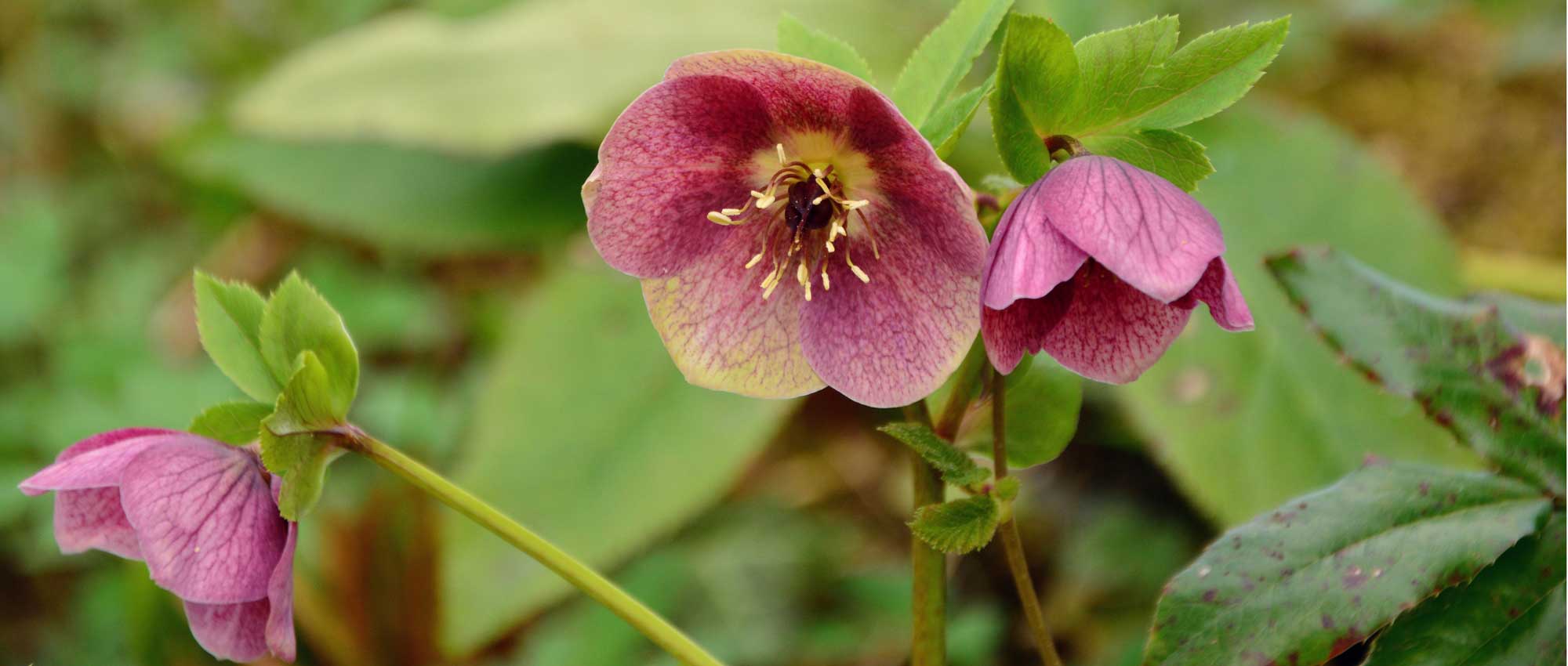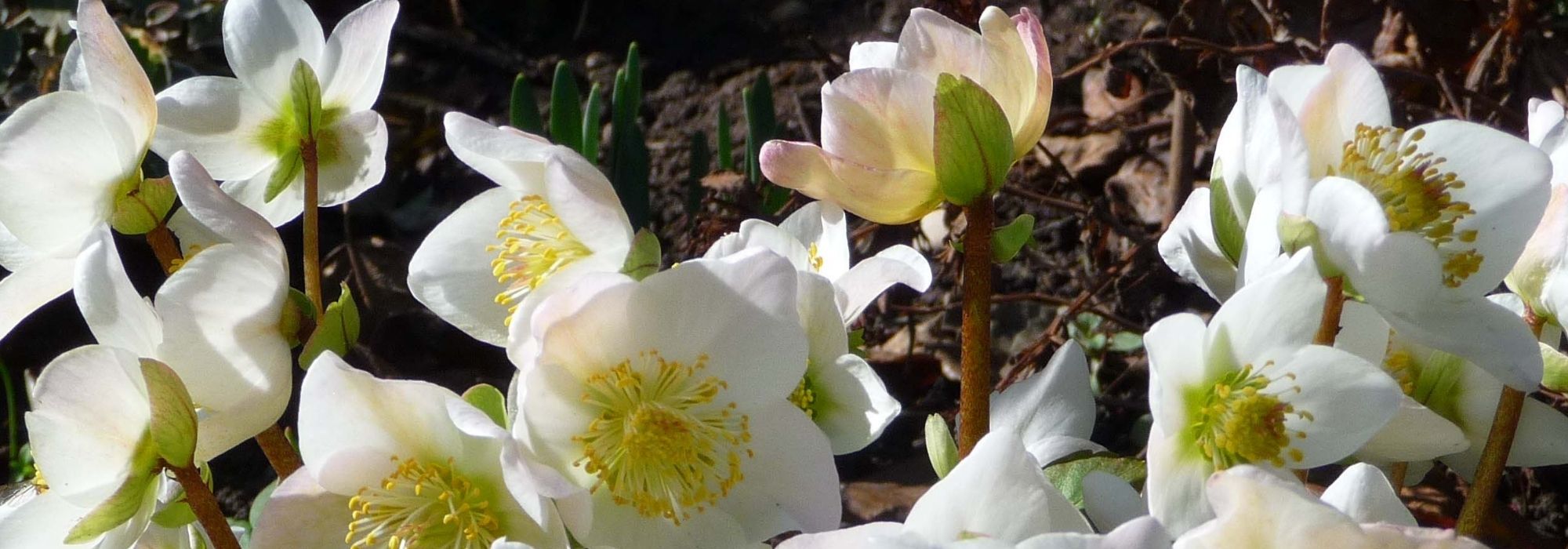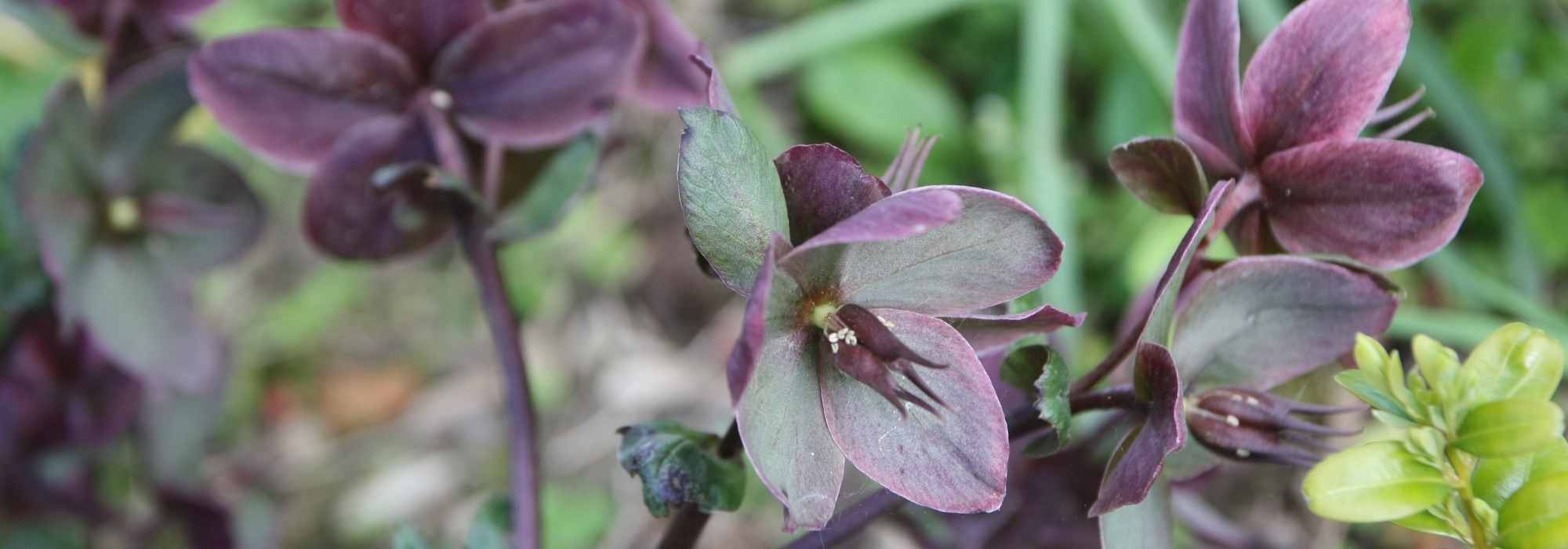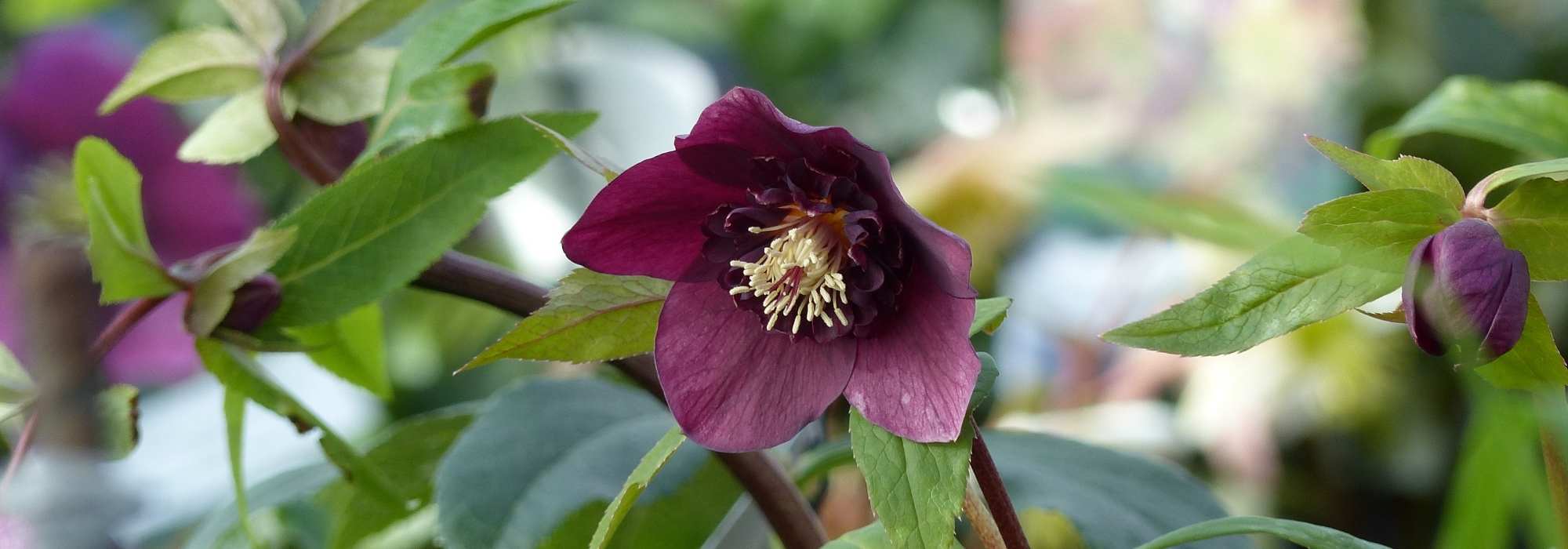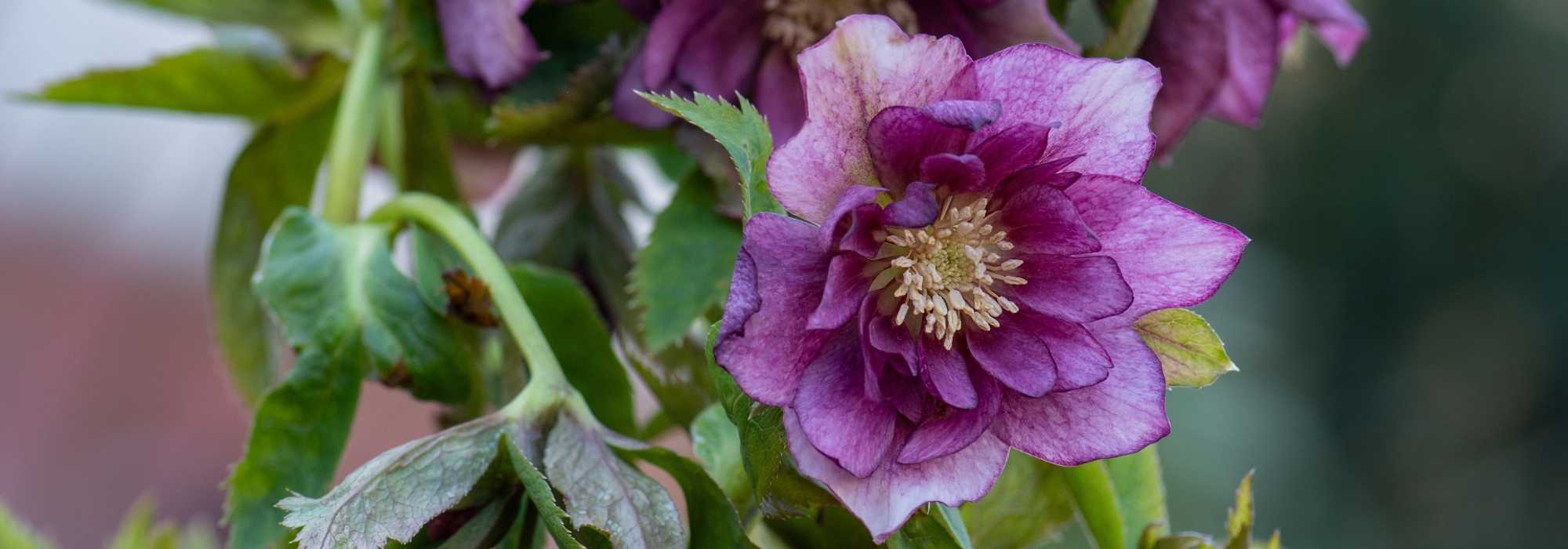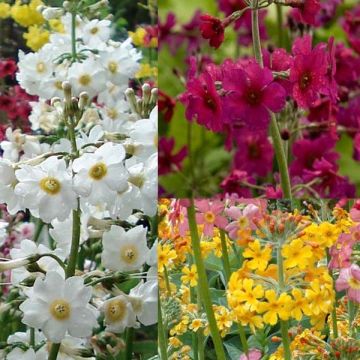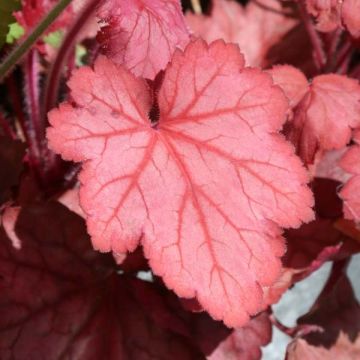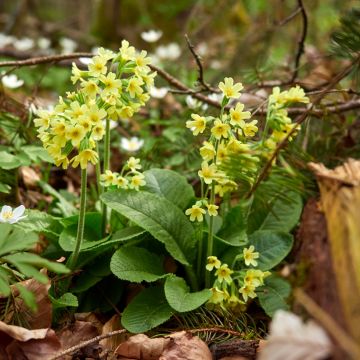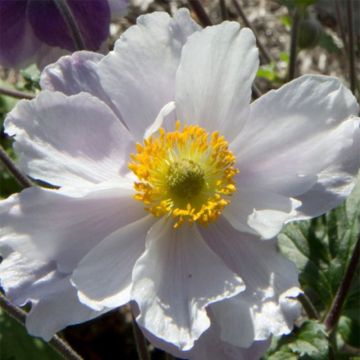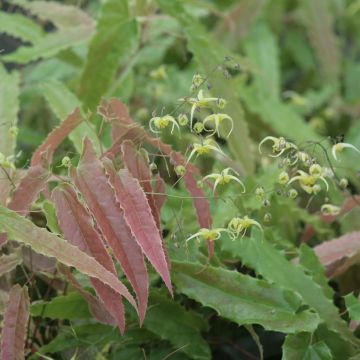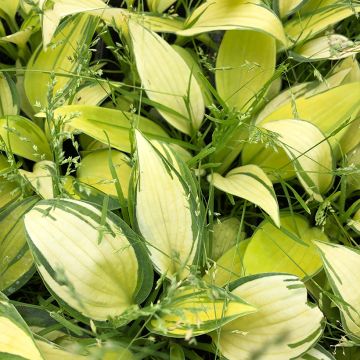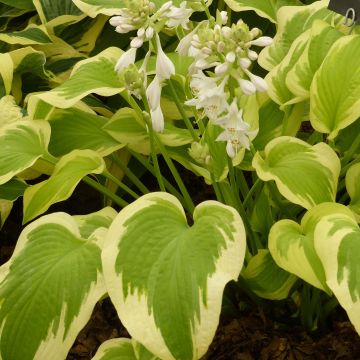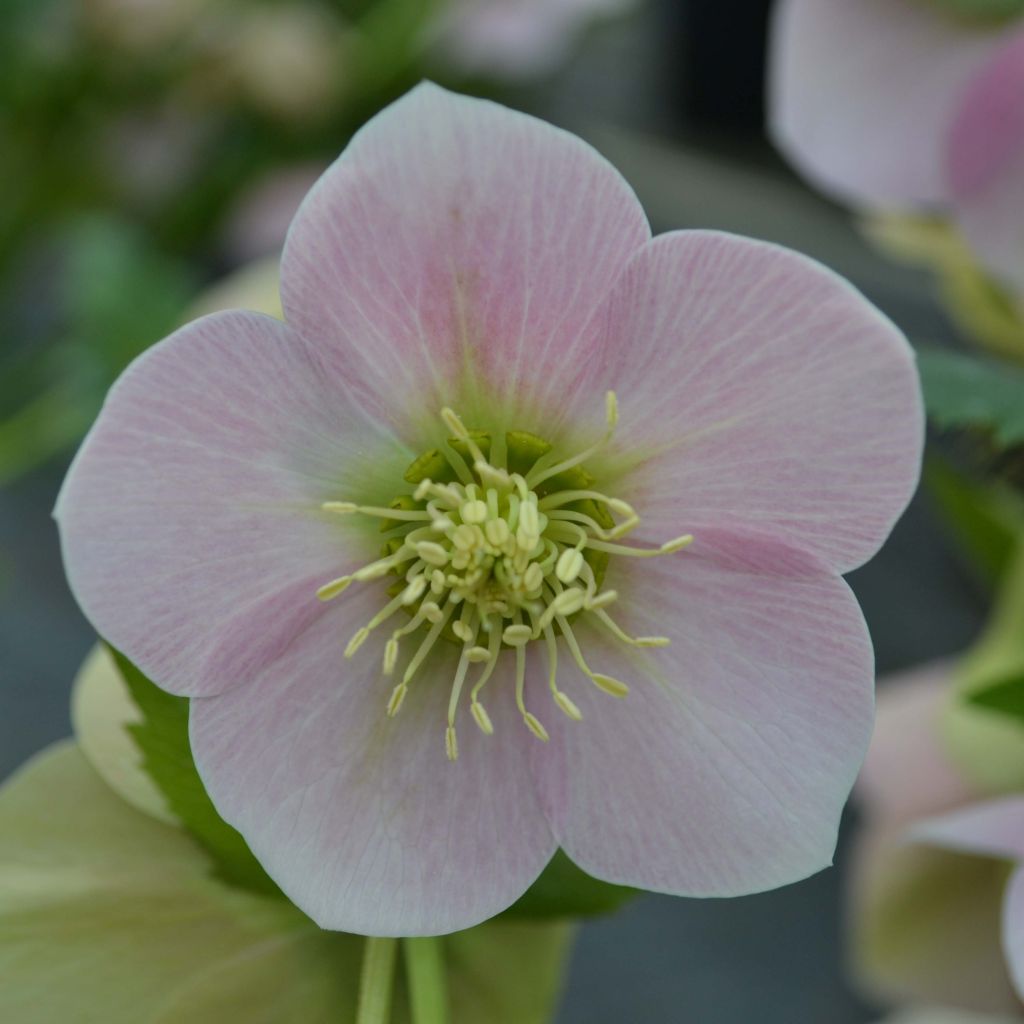

Helleborus hybridus Pink
Helleborus hybridus Pink
Helleborus x hybridus Pink
Lenten Rose, Oriental Hellebore
Special offer!
Receive a €20 voucher for any order over €90 (excluding delivery costs, credit notes, and plastic-free options)!
1- Add your favorite plants to your cart.
2- Once you have reached €90, confirm your order (you can even choose the delivery date!).
3- As soon as your order is shipped, you will receive an email containing your voucher code, valid for 3 months (90 days).
Your voucher is unique and can only be used once, for any order with a minimum value of €20, excluding delivery costs.
Can be combined with other current offers, non-divisible and non-refundable.
Home or relay delivery (depending on size and destination)
Schedule delivery date,
and select date in basket
This plant carries a 12 months recovery warranty
More information
We guarantee the quality of our plants for a full growing cycle, and will replace at our expense any plant that fails to recover under normal climatic and planting conditions.

Does this plant fit my garden?
Set up your Plantfit profile →
Description
Helleborus x hybridus Pink bears simple and charming soft pink flowers. Hellebore flowers are perhaps one of the most anticipated joys for gardeners, as they accompany the lengthening days that announce the end of winter. Oriental hellebore is a robust and hardy perennial that is irreplaceable for brightening shaded areas of the garden or terrace in winter. Combine it with more colourful woodland plants, and early-flowering bulbs.
Native to northwest Turkey to the Caucasus and northeast Greece, Helleborus orientalis, sometimes called Lenten Rose, is a perennial plant of the ranunculus family that easily hybridizes with other species to produce hybrids with varied colours and forms. No varieties are named for these hybrids anymore; they are distinguished by their shape and colour. Oriental Hellebore is a hardy plant that can withstand temperatures down to -15°C (5°F). It grows spontaneously in forests, thickets, and clearings up to 2,000 metres (6,562 feet) altitude, usually in humus, on limestone substrates.
The Pink variety slowly forms a compact, leafy clump 40 cm (16in) in all directions. It consists of palmate, slightly toothed, dark green and shiny basal leaves. These are evergreen, 30 to 40 cm (12 to 16in) long and composed of 7 to 9 leaflets. They only live for 8 months and are regularly replaced by new leaves.
Between January-February and March-April, a bunch of 4 to 6 cm (2in) wide flowers forms in the centre of the foliage. They are pinkish mauve and cup-shaped, inclined downwards, allowing water to slide off like an umbrella to protect the heart of the flower from rotting. Over time, Hellebore flowers do not wither like the majority of other flowers but dry out, taking on lovely faded tones. Hellebores do not like to be moved once established, as young plants take some time to flower. The seeds are sown by ants.
The flowering of hellebores is perhaps one of the most anticipated joys for gardeners, as it accompanies the lengthening days that announce the end of winter. Use them like elements of an old tapestry, mixing them with more brightly coloured woodland plants. They are highlighted when planted near Pieris, euphorbias that will bloom just after them, under conifers (especially on windy sites), surrounded by wood anemones, corydalis (in non-limestone soil), bleeding hearts, hepaticas, violets, or early-flowering spring bulbs (crocuses, early cyclamen, botanical narcissus), and snowdrops. You can also accompany them with ferns and shade-loving irises to create a beautiful contrast a little later in the season. They can be planted in groups near the entrance of the house, in a shaded location, to enjoy their early flowering up close. They are suitable as cut flowers and in borders, edges, or even containers...
Each seed-sown hellebore has a unique in flower colour, so slight colour variations may exist between two plants, which is normal and inevitable. However, if the difference is too significant and detracts from the desired effect, we will refund or replace the affected plant.
Helleborus hybridus Pink in pictures


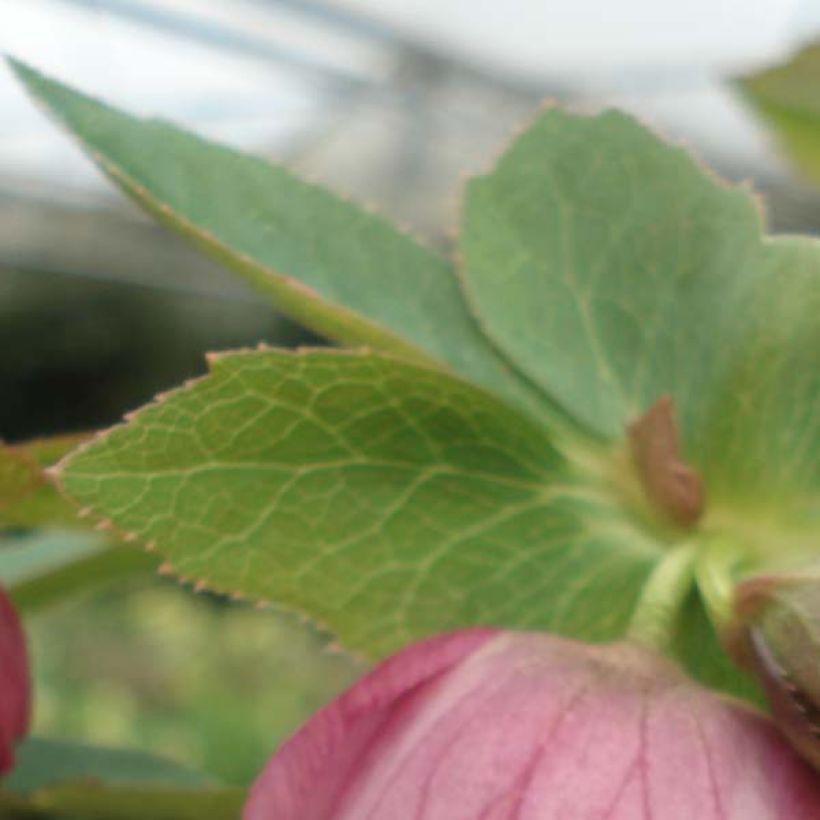

Flowering
Foliage
Plant habit
Botanical data
Helleborus
x hybridus
Pink
Ranunculaceae
Lenten Rose, Oriental Hellebore
Cultivar or hybrid
Planting and care
Helleborus Orientalis grows in most rich soils, in partial or light shade, sheltered from the wind. Plant from early autumn to spring to bloom from January to March. It thrives in deeply worked soil mixed with organic matter. To feed, use bone meal or another organic fertilizer. In acidic soil, add a little lime. Water well after planting and add a layer of mulch 2 to 5 cm (1 to 2in) thick. Remove faded leaves regularly. Cut most of the leaves to highlight the flowers. Do not plant too close to each other to promote their development. Hellebore does not like stagnant water as it may cause it to rot.
Planting period
Intended location
Care
Planting & care advice
-
, onOrder confirmed
Reply from on Promesse de fleurs
Similar products
Haven't found what you were looking for?
Hardiness is the lowest winter temperature a plant can endure without suffering serious damage or even dying. However, hardiness is affected by location (a sheltered area, such as a patio), protection (winter cover) and soil type (hardiness is improved by well-drained soil).

Photo Sharing Terms & Conditions
In order to encourage gardeners to interact and share their experiences, Promesse de fleurs offers various media enabling content to be uploaded onto its Site - in particular via the ‘Photo sharing’ module.
The User agrees to refrain from:
- Posting any content that is illegal, prejudicial, insulting, racist, inciteful to hatred, revisionist, contrary to public decency, that infringes on privacy or on the privacy rights of third parties, in particular the publicity rights of persons and goods, intellectual property rights, or the right to privacy.
- Submitting content on behalf of a third party;
- Impersonate the identity of a third party and/or publish any personal information about a third party;
In general, the User undertakes to refrain from any unethical behaviour.
All Content (in particular text, comments, files, images, photos, videos, creative works, etc.), which may be subject to property or intellectual property rights, image or other private rights, shall remain the property of the User, subject to the limited rights granted by the terms of the licence granted by Promesse de fleurs as stated below. Users are at liberty to publish or not to publish such Content on the Site, notably via the ‘Photo Sharing’ facility, and accept that this Content shall be made public and freely accessible, notably on the Internet.
Users further acknowledge, undertake to have ,and guarantee that they hold all necessary rights and permissions to publish such material on the Site, in particular with regard to the legislation in force pertaining to any privacy, property, intellectual property, image, or contractual rights, or rights of any other nature. By publishing such Content on the Site, Users acknowledge accepting full liability as publishers of the Content within the meaning of the law, and grant Promesse de fleurs, free of charge, an inclusive, worldwide licence for the said Content for the entire duration of its publication, including all reproduction, representation, up/downloading, displaying, performing, transmission, and storage rights.
Users also grant permission for their name to be linked to the Content and accept that this link may not always be made available.
By engaging in posting material, Users consent to their Content becoming automatically accessible on the Internet, in particular on other sites and/or blogs and/or web pages of the Promesse de fleurs site, including in particular social pages and the Promesse de fleurs catalogue.
Users may secure the removal of entrusted content free of charge by issuing a simple request via our contact form.
The flowering period indicated on our website applies to countries and regions located in USDA zone 8 (France, the United Kingdom, Ireland, the Netherlands, etc.)
It will vary according to where you live:
- In zones 9 to 10 (Italy, Spain, Greece, etc.), flowering will occur about 2 to 4 weeks earlier.
- In zones 6 to 7 (Germany, Poland, Slovenia, and lower mountainous regions), flowering will be delayed by 2 to 3 weeks.
- In zone 5 (Central Europe, Scandinavia), blooming will be delayed by 3 to 5 weeks.
In temperate climates, pruning of spring-flowering shrubs (forsythia, spireas, etc.) should be done just after flowering.
Pruning of summer-flowering shrubs (Indian Lilac, Perovskia, etc.) can be done in winter or spring.
In cold regions as well as with frost-sensitive plants, avoid pruning too early when severe frosts may still occur.
The planting period indicated on our website applies to countries and regions located in USDA zone 8 (France, United Kingdom, Ireland, Netherlands).
It will vary according to where you live:
- In Mediterranean zones (Marseille, Madrid, Milan, etc.), autumn and winter are the best planting periods.
- In continental zones (Strasbourg, Munich, Vienna, etc.), delay planting by 2 to 3 weeks in spring and bring it forward by 2 to 4 weeks in autumn.
- In mountainous regions (the Alps, Pyrenees, Carpathians, etc.), it is best to plant in late spring (May-June) or late summer (August-September).
The harvesting period indicated on our website applies to countries and regions in USDA zone 8 (France, England, Ireland, the Netherlands).
In colder areas (Scandinavia, Poland, Austria...) fruit and vegetable harvests are likely to be delayed by 3-4 weeks.
In warmer areas (Italy, Spain, Greece, etc.), harvesting will probably take place earlier, depending on weather conditions.
The sowing periods indicated on our website apply to countries and regions within USDA Zone 8 (France, UK, Ireland, Netherlands).
In colder areas (Scandinavia, Poland, Austria...), delay any outdoor sowing by 3-4 weeks, or sow under glass.
In warmer climes (Italy, Spain, Greece, etc.), bring outdoor sowing forward by a few weeks.






























